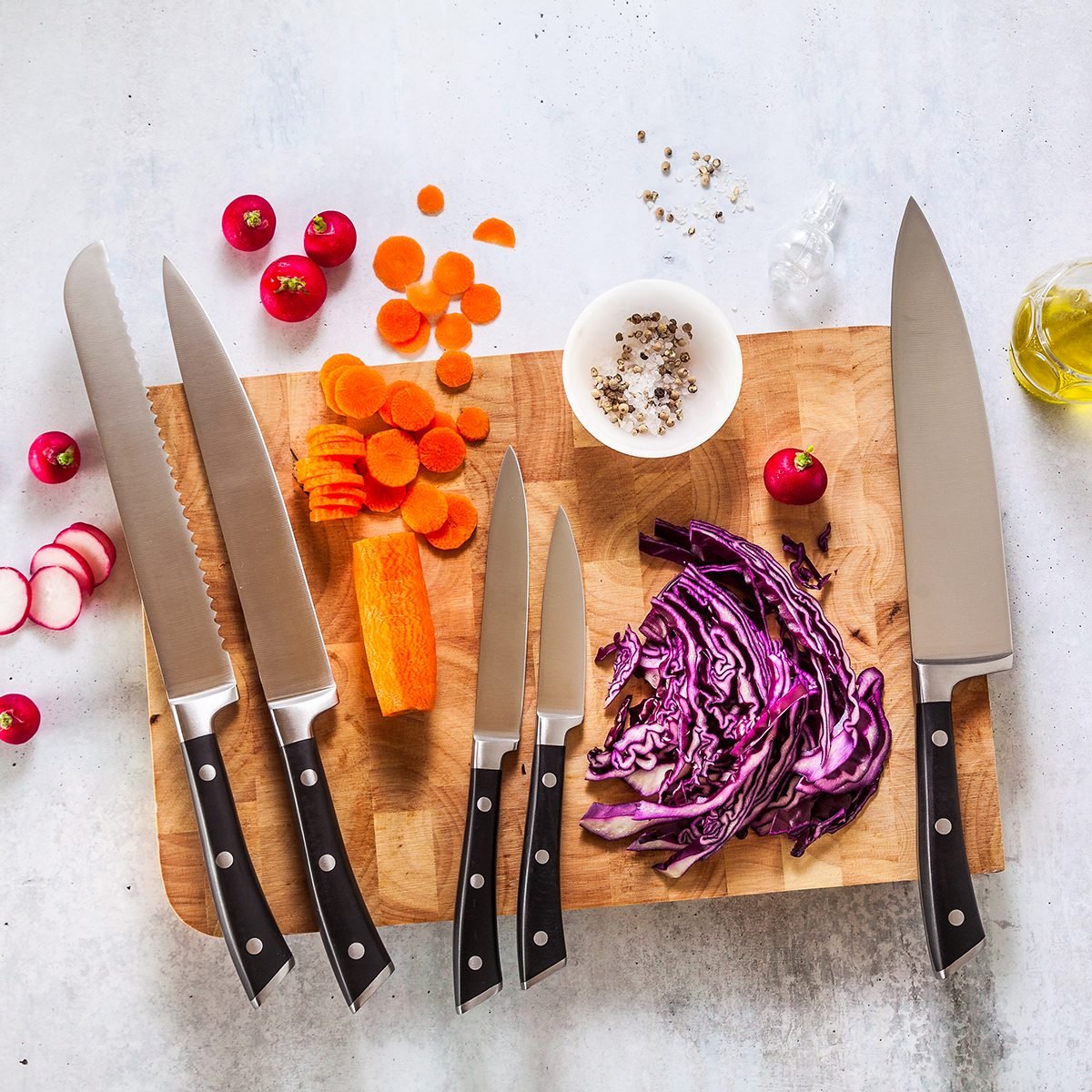
It’s all about the knife skills
Professional chefs spend a lot of time chopping, mincing, slicing and dicing. (Here’s what those terms actually mean.) Part of it is to make everything look nice on the plate, but it’s really all about how the food cooks. Getting good with a knife ensures all the ingredients will cook evenly and at the same rate.

Always be prepared with mise en place
Perhaps the best thing you learn in culinary school is having your mise en place—everything in its place. It’s the best way to stay calm in a professional kitchen. Professional cooks spend hours chopping up meats, vegetables and herbs so they’re ready to add to the pan when they need them. If you’re not prepared, you’ll be overwhelmed and in the weeds, which probably means your chef will yell at you a lot, too. And at home, mise en place equates to happier, speedier cooking.
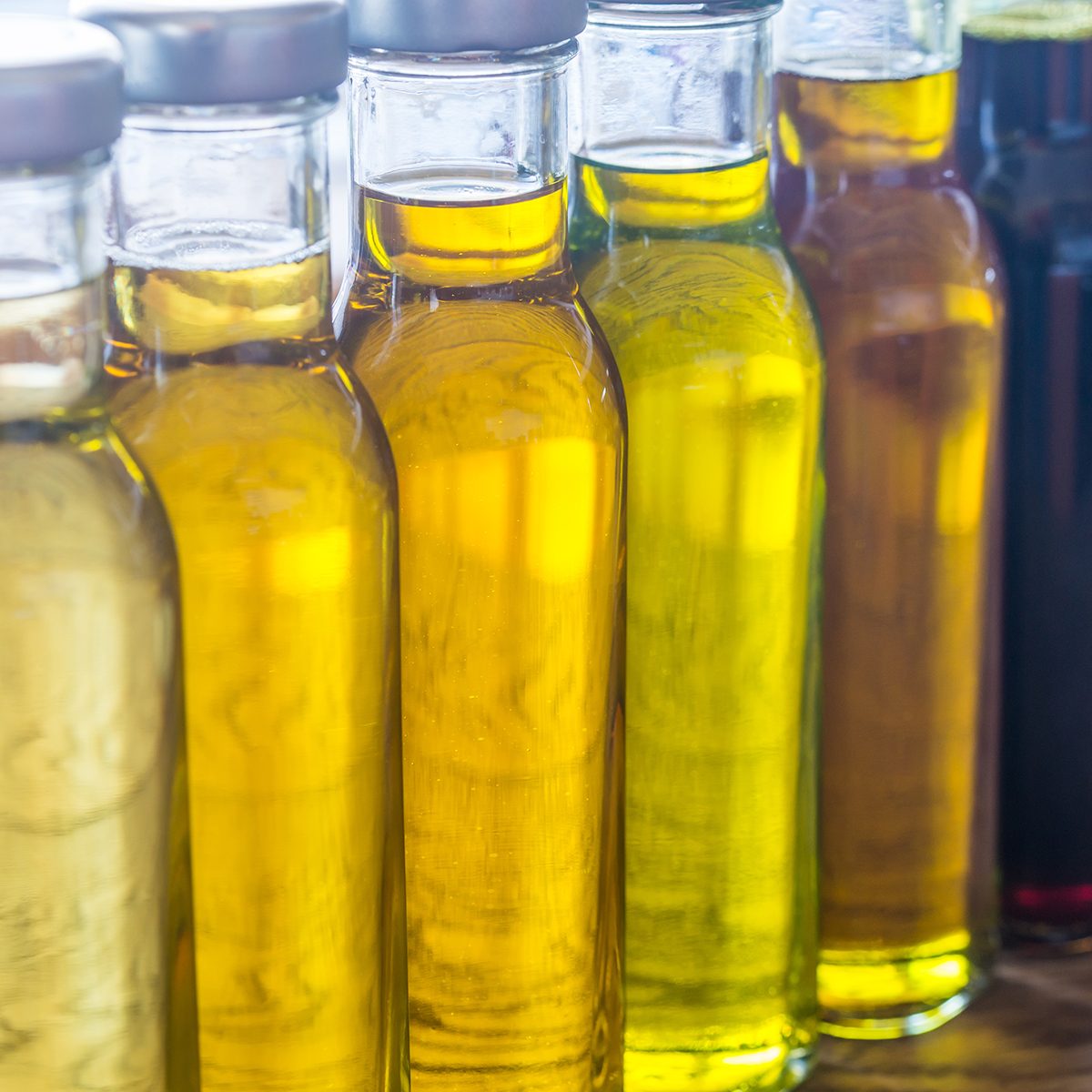
Not all oils are created equally
Each cooking oil has a unique flavor profile and different smoke points. That means some oils (like canola or peanut oil) are better suited for high-temperature frying, while fats like butter or lard are best for stir-frying and sauteing. Learn what the best oils are for frying. Super fragrant oils, like extra-virgin olive oil and sesame oil, are best used raw as finishing oils or for salad dressings.

Learn to break down a chicken
Chicken is one of the most economical protein options, and you can do almost anything with it. (Seriously, we’ve rounded up tons of chicken recipe ideas.) If you really want to save money and create a kitchen economy, it’s worth it to learn how to cut up a whole chicken. It’s easier than you’d think, and there’s no waste; you can even use the carcass to make chicken stock.
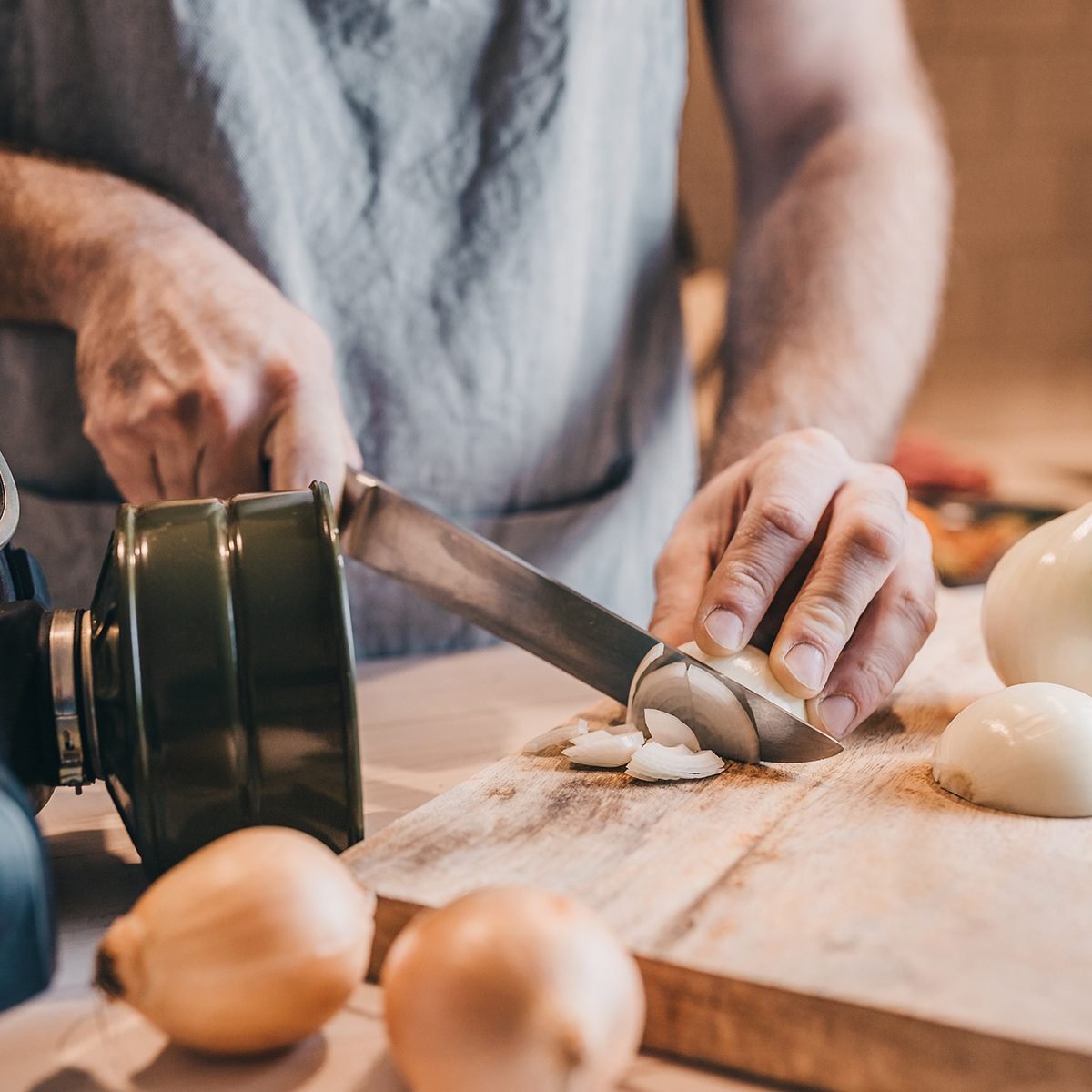
I’ve only found one way to chop onions without tears
I’ve heard it all—older onions make you cry more, avoid tears by using a sharp knife, freeze the onions or cut them under running water—but if an onion wants to get you, it will. The only crying-prevention technique that actually works is really silly: wear a pair of goggles. You’ll look like an idiot, and everyone will probably make fun of you, but your mascara will remain intact. Speaking of onions, are you using the right type for your dish?
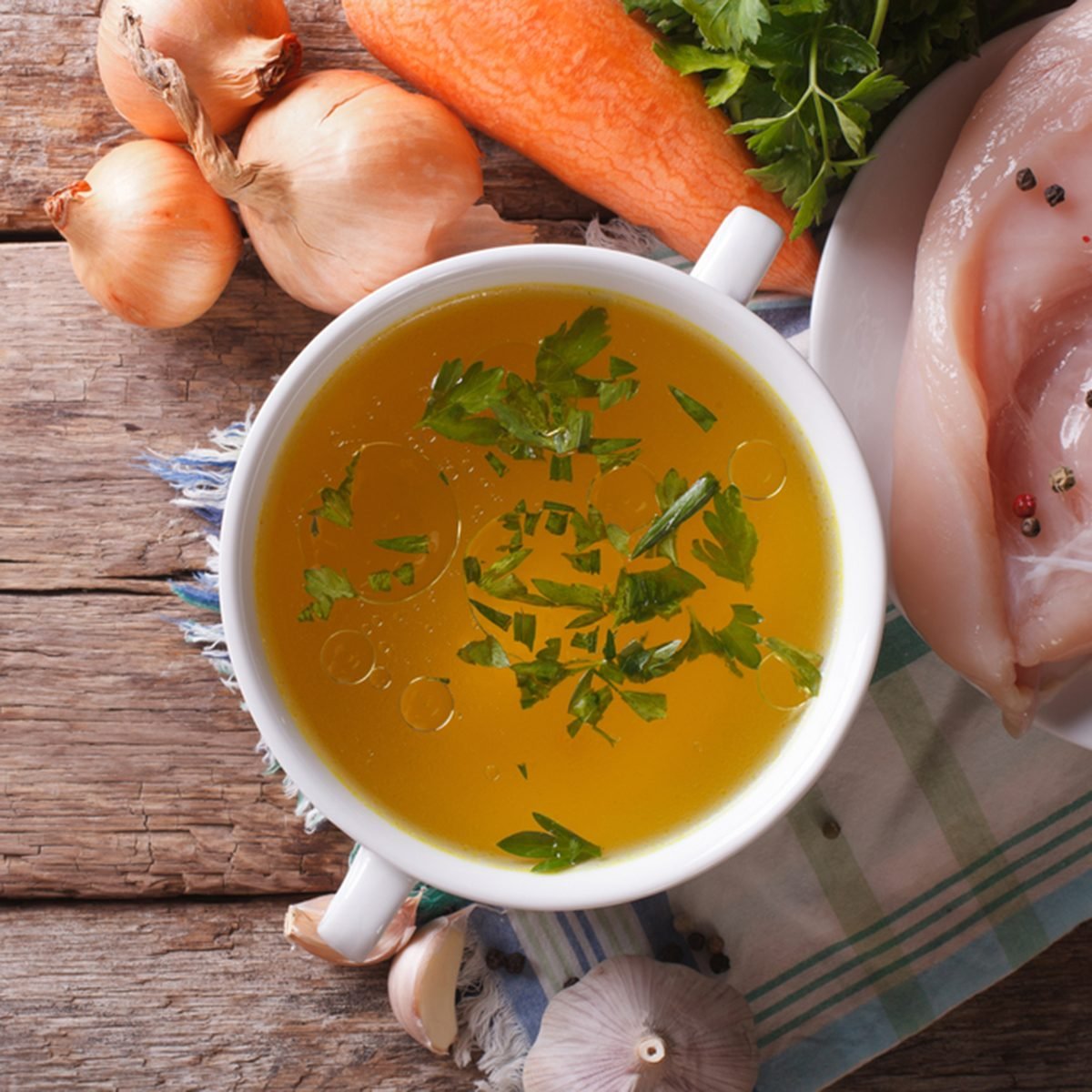
Always use high-quality broth
You should totally make your own when you can. Nothing beats the flavor of homemade stock. But, if you’re running short on time, find a store-bought brand of good tasting, high-quality broth. Take the time to taste it before you get started so you know what you’re working with. We tried 10 popular brands and found the best chicken broth for your buck.
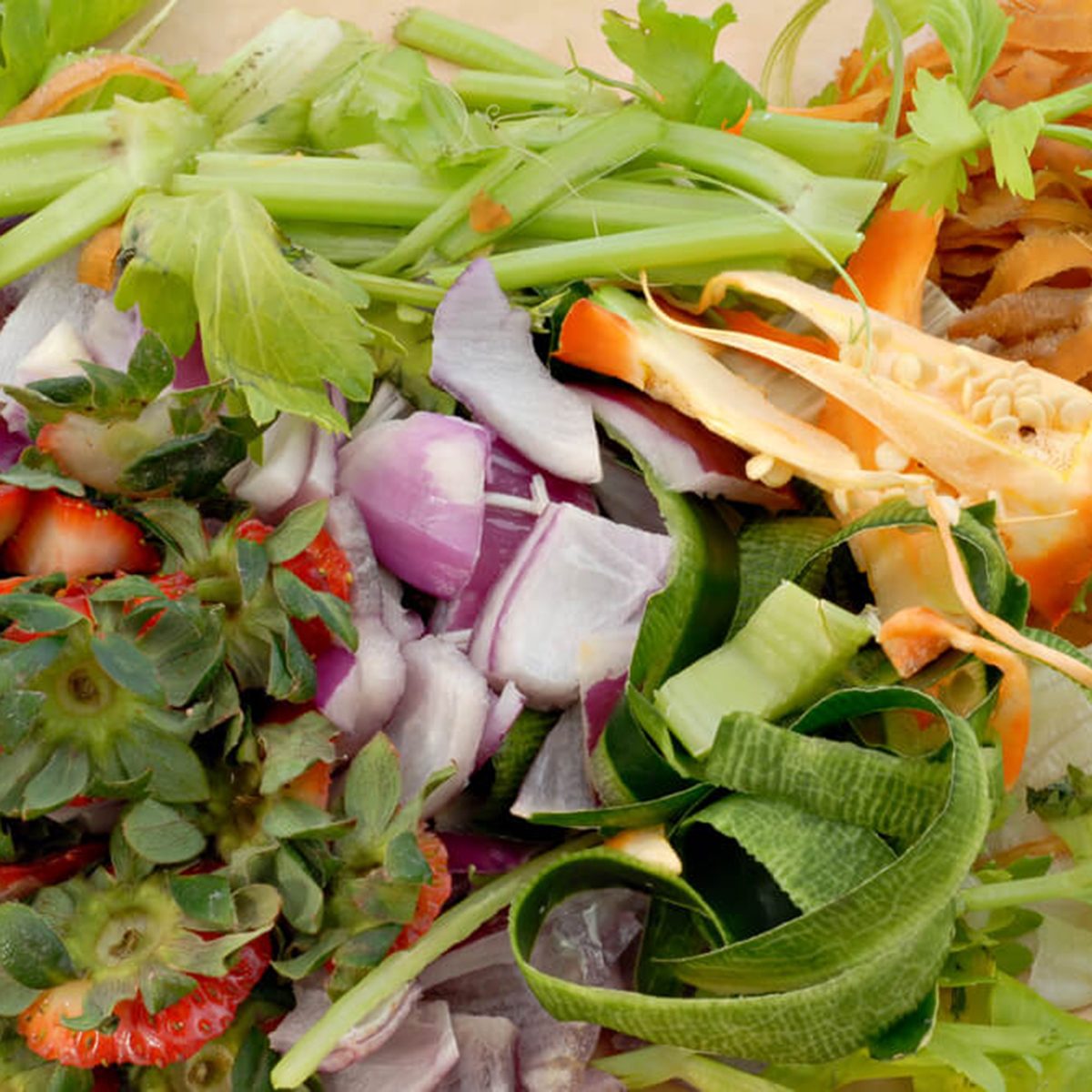
Save bones and vegetable scraps in the freezer
The easiest way to make broth at home is to have a stockpile of ingredients, prepped and ready to go in the freezer. Toss onion tops, carrot peels and mushroom stems in a freezer-safe bag, and have a separate bag for meat scraps and bones. When you have a free moment, put them in a pot and cover them with water. Simmer away and you’ve created tasty broth! Learn how to make chicken broth in the Instant Pot.

Recipes are just a guide
When you’re starting out, recipes are a great way to learn ratios and cooking methods. As you go along, don’t be afraid to deviate from the instructions and ingredient list. You know what you like, so don’t cook with onions if you hate them! Learn to adapt and trust yourself as you go. Here are 13 of the most common cooking instructions you can safely skip.

Always weigh your ingredients when baking
Unlike savory cooking, where measurements can be flexible, baking is a science and measurements should be precise. The pros weigh their baking ingredients, and you should, too. An extra ounce here or there can cause a baking fail pretty easily. We love how this digital kitchen scale from OXO ($50) comes with a pull-out display, making it easy to weigh ingredients in your favorite mixing bowl. If your recipe doesn’t include weight measurements, check out this handy ingredient weight chart.

Salt early
If you wait until the end to add salt, your food will taste salty instead of seasoned. Instead, salt as you go. When you’re sweating onions, add a small pinch of salt. Season your meat before you cook it, and add another tiny pinch after you deglaze. By the end of the cooking time, you’ll create a set of nuanced layers of flavor that will make your food stand out. Here’s your guide to the best salts to pick up at the store.

Toast dry spices before using them
Dried spices are an essential pantry item, but adding them at the end of the cooking time often does a disservice to your food. They can turn out dry and chalky tasting if you don’t activate their essential oils and aromatic compounds. Let spices bloom by toasting whole spices in a dry pan before you grind them. Or, add ground spices after you sweat your onions in oil, about a minute before deglazing the pan.

Add fresh herbs at the end
While you want to add dried spices at the beginning of your prep, you should add fresh herbs at the end. Long cook times can pull out the flavor of herbs, muting and dulling their potency. There are a few exceptions to this rule—heartier herbs like rosemary and thyme hold up better than delicate finishing herbs like oregano, parsley and cilantro. Put your newfound knowledge to work with these recipes that call for fresh herbs.

Use fresh herbs whenever possible
Fresh herbs add a world of difference to your cooking, taking a normal dish and elevating it to something surprising and fantastic. Flavors like pungent chopped green onions, piney rosemary or herbaceous cilantro can really take things to the next level. Add them as a finishing garnish, or turn them into a topping like gremolata. If you don’t have access to fresh herbs, grow your own!

Sauce is super important
Anyone can learn to grill a steak or saute some vegetables, but sauce-making is an essential skill. A good sauce can cover up a dry, overcooked chicken or accentuate the beefy flavors of a steak. Learn how to make the French mother sauces, then try one of my favorite go-to sauces to spruce up your regular dinner routine.

Deglaze every pan
When you cook meat and vegetables in a hot pan, little bits stick to the bottom. These are called fond in classical French cooking because they’re the foundation of a great pan sauce. Deglazing your pan with wine, broth, juice, brandy or plain water is an easy way to infuse those incredible flavor nuggets into your finished dish. Psst! This is just one of our favorite tips for holiday-defining gravy.
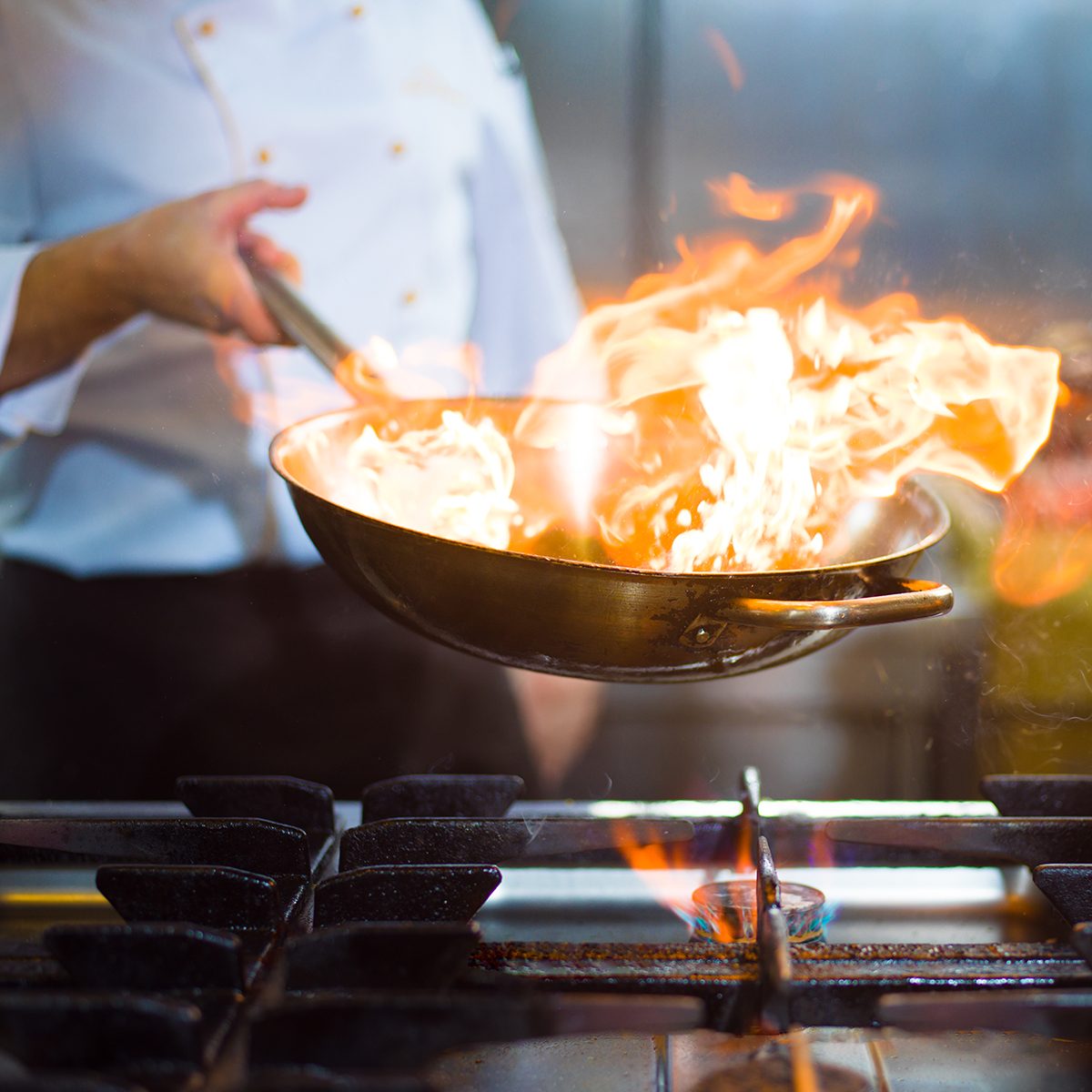
Alcohol doesn’t burn off when it’s cooked
This is one of those common cooking myths. While heat does reduce alcohol’s potency, it doesn’t just evaporate into thin air. It would take up to three hours to completely remove the alcohol, so keep that in mind when cooking for minors and people who don’t drink.

Fat is flavor
I’m all about being health conscious, but low-fat cooking just tastes sad. That’s because fat coats your tongue and helps carry all the other flavors in the dish. You can use healthy fats like nuts and avocado, but don’t be afraid of the so-called unhealthy ones like butter, cream and cheese; they’ll add serious amounts of flavor to your food, even in small quantities. In fact, too little fat can impact your health. Here are 7 signs you’re not eating enough.

Finish sauces with a swirl of butter
This is one of my favorite restaurant secrets: If you want a tomato sauce to taste richer and have a glossy sheen, swirl in a pat of cold butter right before you serve the sauce. In classical French cooking, this is called moneter au beurre. It’s the easiest way to amp up the flavor of a sauce with little to no effort. Looking for the best butter? Our editors took the top brands to the test.

Brighten up your food with a splash of vinegar
You should always taste your food as you cook. If it tastes dull or lifeless, and don’t be afraid to add an odd ingredient to brighten things up: vinegar. The strong acidic taste of vinegar brings other flavors to life and adds a slightly sweet, mildly fruity flavor to the dish. Read up on the different types of vinegar and see what each one brings to the table.

Invest in a few secret ingredients
I keep a few secret ingredients in the pantry: A splash Worcestershire adds savory flavor while soy sauce brings umami-forward saltiness. A dollop of miso paste will give your dish a salty-sweet finish, pomegranate molasses adds tangy flavor and fish sauce gives food a fun, funky edge. It all helps to bring your food to the next level.

You can almost always fix a dish
Sometimes, a dish doesn’t turn out the way we thought it would, but you can usually balance out the flavors if they haven’t gone too far off the edge. Fix an over-salted dish by adding a sweet ingredient like honey or sugar. If it’s too fatty and rich, add a splash of vinegar or citrus juice.

Make ingredient swaps
If your recipe calls for an ingredient you don’t have on hand, you can usually find a decent substitution. Think about the flavor profile of the original ingredient and look for something that adds the same sweet, salty, spicy, savory, tart, acidic or bitter flavor. And if you’re missing an ingredient to thicken up a sauce, we came up with seven ways to make it happen.

Sometimes, the leftovers taste better
If you’re making soups, stews and sauces, you may want to consider making them the day before. As the food cools and rests in the refrigerator, the ingredients get a chance to come together and meld, making them more savory and rich-tasting the next day. Up next: Should you worry about condensation in food containers?

Never dress a salad in advance
Many foods can be made in advance, but salad isn’t one of them. The acidic components of the dressing break down the tender lettuces, making everything a little soggy. Go for it with pasta- and potato-based salads, but wait to toss lettuce-based salads until the very last second.

A brine can make all the difference
Lean meats, like chicken and pork chops, really benefit from a brine. The salty solution not only tenderizes tough muscle fibers, but it also denatures the proteins and allows them to retain more moisture as they cook. The meat will taste juicier and it won’t turn out dry. Learn everything you ever wanted to know about brining.

Keep fried chicken juicy by soaking it in buttermilk
Do you ever wonder why authentic Southern fried chicken tastes so good? The chefs marinate the chicken in buttermilk overnight. The acids and enzymes from the buttermilk break down the proteins in the meat, keeping it extra juicy and tender as it fries. Make perfect Southern fried chicken, every time, with these tips and tricks.
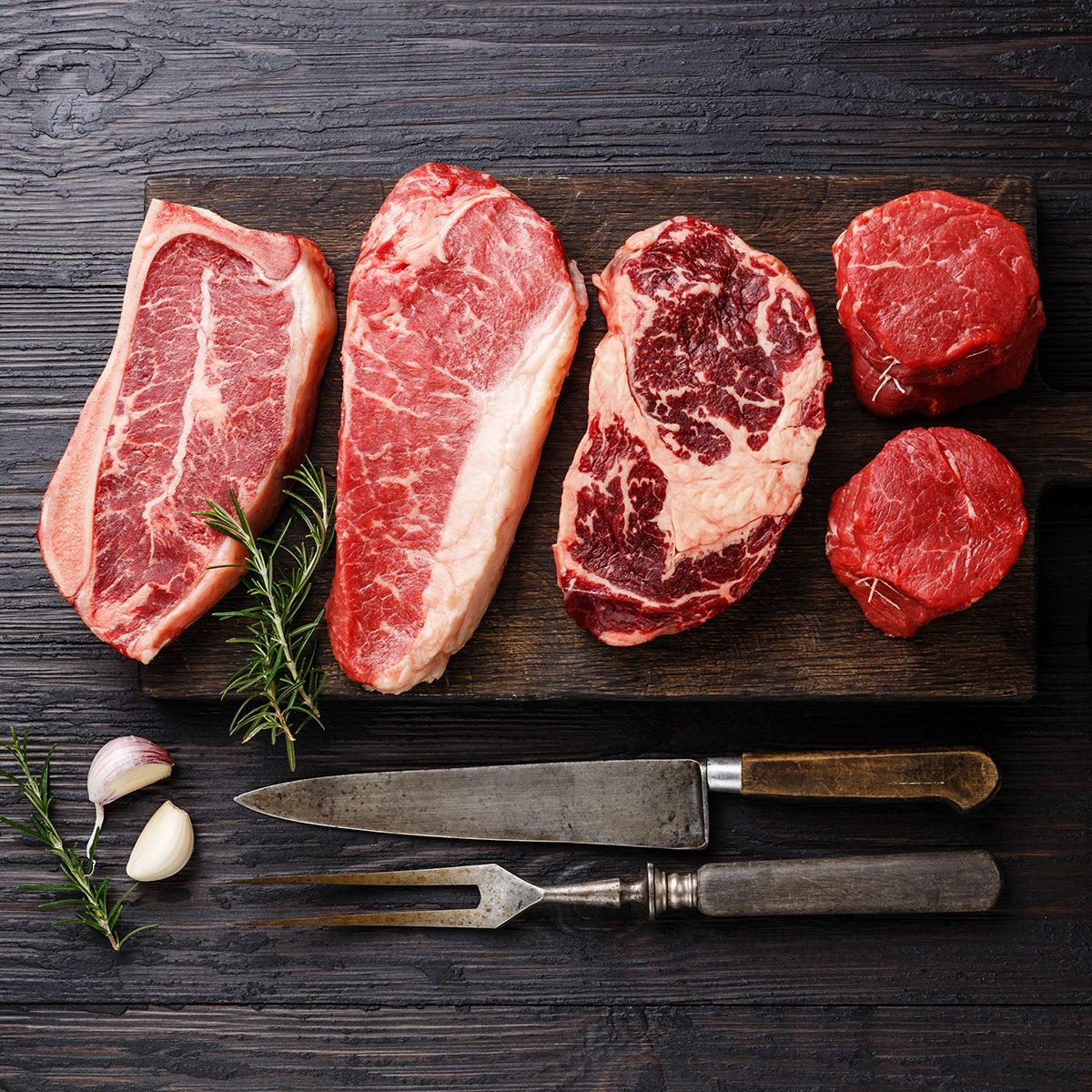
Expensive steaks aren’t always the best
Chefs serve high-end steaks like ribeye and filet mignon at restaurants, but I rarely eat those cuts at home. You can still make a perfect steak by buying less expensive cuts like top sirloin, flank or hanger steak. Make friends with your local butcher and ask them what they cook at home.

Some beef cuts aren’t meant for the grill
I love the price on chuck, brisket and round steaks, but that doesn’t mean they are well-suited for the grill. These steaks are way too tough for high-temperature cooking methods. They do well with low-and-slow braising or smoking, though. Low temperatures coax out the gelatin from the connective tissue, turning the meat melt-in-your-mouth tender.

Always marinate skirt or flank steaks
Steaks from the plate, like skirt or flank steak, are excellent choices for the grill and they’re available at budget prices. But, you always want to marinate them first. These steaks are filled with tough muscle fibers that break down nicely when they encounter the acidic ingredients in a marinade.
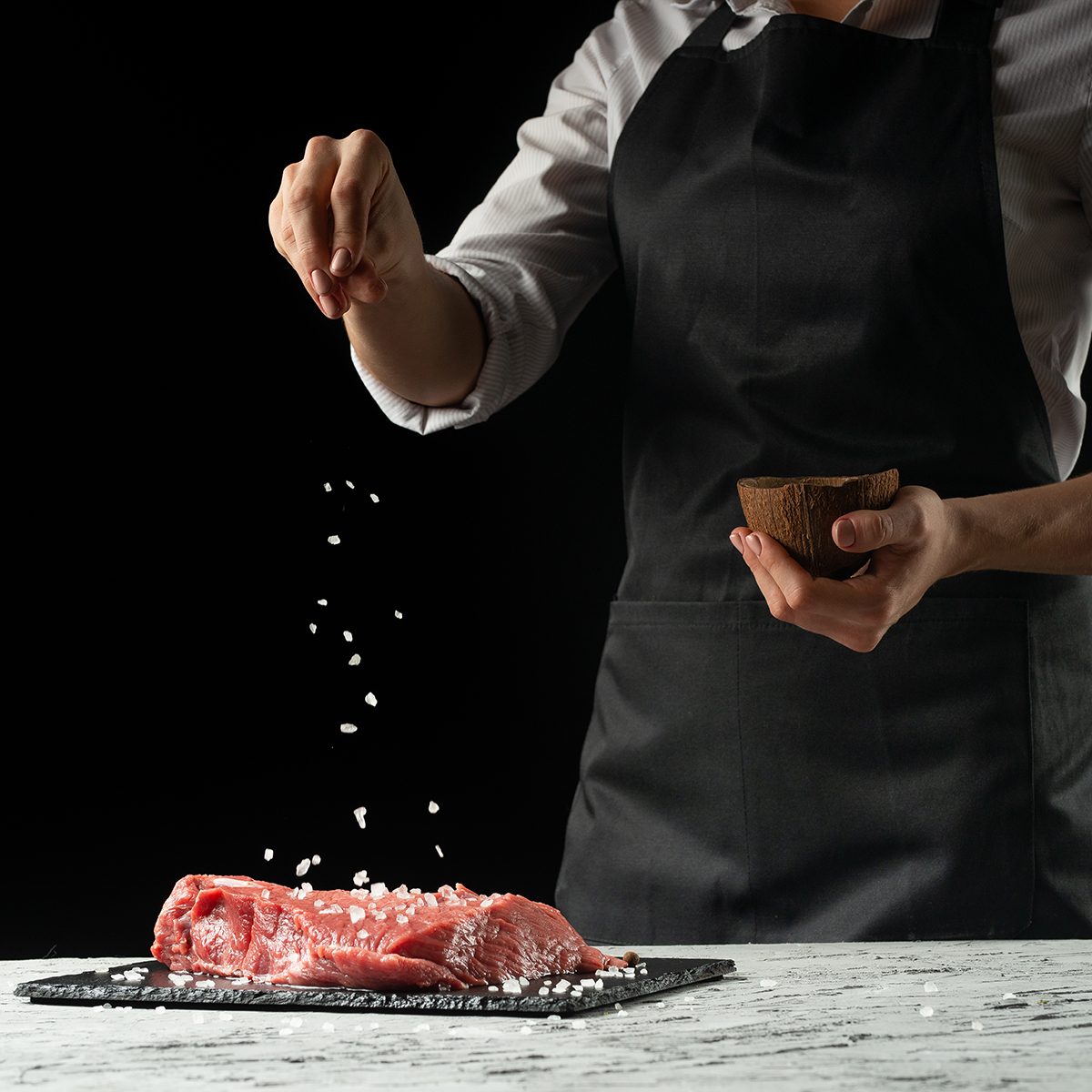
Season your steaks with plenty of salt
Steaks with good fat marbling (like ribeye, New York strip, and top sirloin) don’t need a marinade; they’re tender enough to hold up to the high-heat of a grill. However, they do need to be seasoned, and salting your steak at least 30 minutes in advance (or as long as overnight) is an easy way to concentrate the flavor of the meat.

Put a doughnut or a divot in burgers for even cooking
If you’re cooking outside on the grill, press a shallow dimple into the middle of your burger patty. Or, if you’re grilling inside on a cast-iron pan or griddle, poke a doughnut hole straight through the center. This simple trick promotes airflow around the meat, cooking it evenly inside and out while preventing the center from bulging up.

Use a meat thermometer
Steakhouse chefs get a lot of practice: They know what medium-rare feels like by poking the meat with their finger. At home, I always recommend using a meat thermometer. It’s the best way to know—not think—that your meat has reached its ideal cooking temperature.
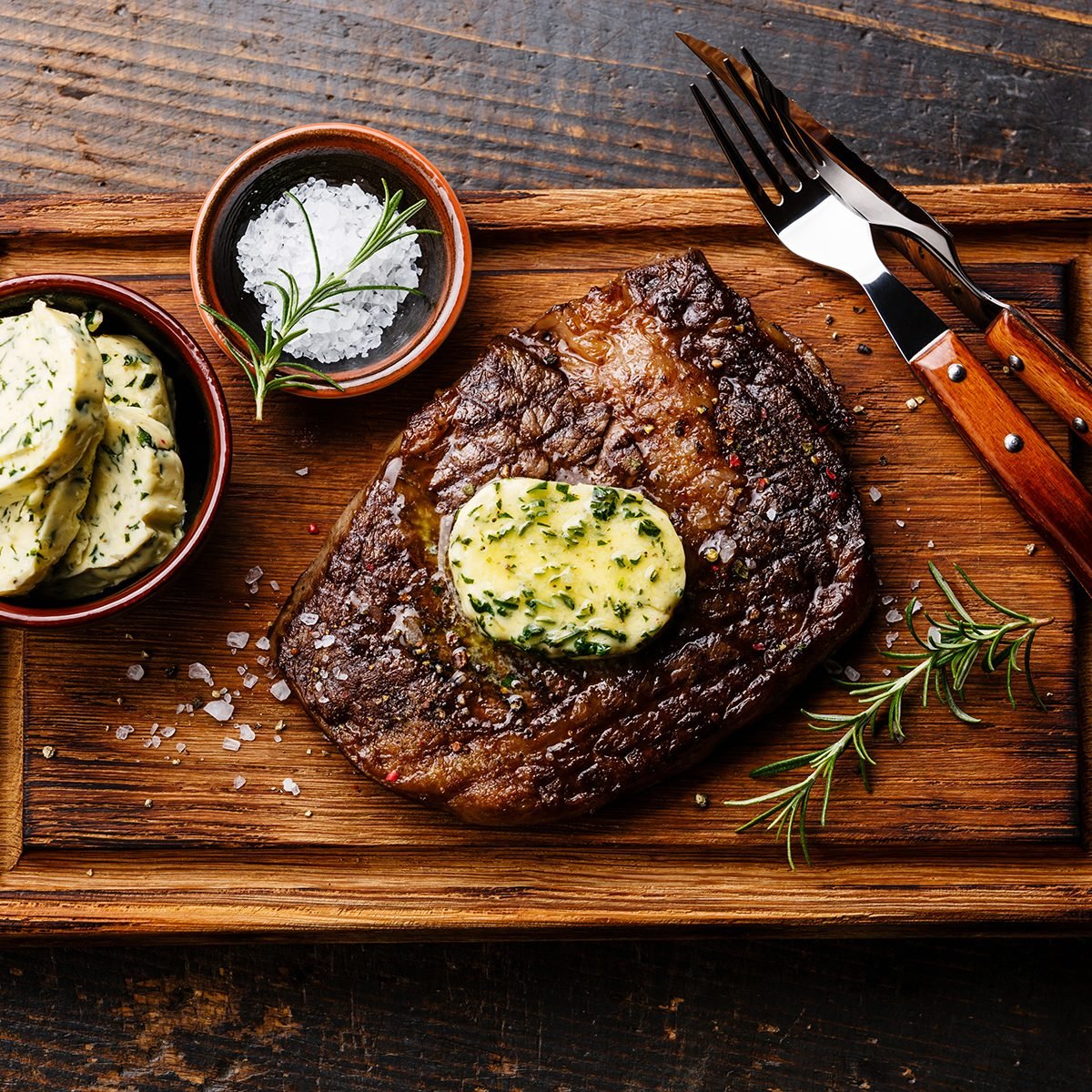
Always, always let meat rest
Under no circumstances should you ever slice into a steak, pork roast or chicken without letting it rest first. Meat needs at least five minutes—or as long as 30 minutes—to allow the juices to redistribute. Otherwise, they’ll spill out onto the cutting board and leave the meat dry and lifeless. I promise your food won’t cool down too much as it rests.

You don’t need a deep fryer
Electric tabletop fryers seem like a great idea, but they’re hard to clean and it’s just another gadget to clutter up your already overpacked kitchen. Instead, fry food in a cast-iron Dutch oven like this one ($64). The thick walls help the oil retain its heat and high sides help prevent splatter, making it the perfect vessel for deep frying.
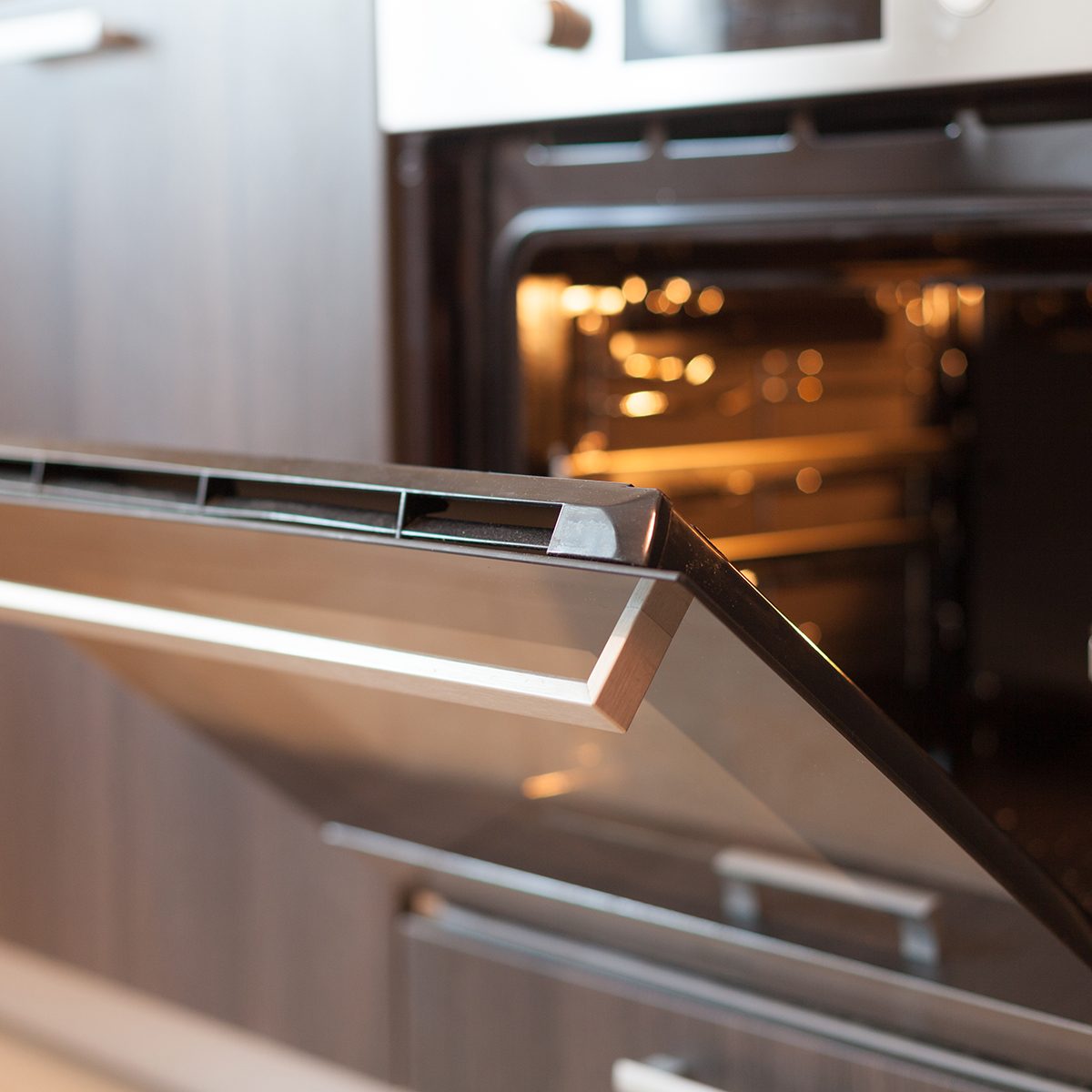
Hot hold food in a low-temperature oven
When you’re frying food for a crowd, it’s impossible to finish everything at the same time. Adding all the ingredients to the pot at once would lower the oil’s temperature, making the food sad and soggy. Instead, hot-hold the finished food in a 250° F oven while you continue frying. This tip works also works for things like pancakes, waffles and fritters.

Line baking sheets with an oven-proof cooling racks
Whether you’re hot-holding food in the oven or cooking bacon, a baking sheet lined with an oven-proof cooling rack is a game-changer. It keeps the food elevated, preventing condensation from forming and promoting air circulation, ensuring your food turns out crispy.

Certain foods taste better when you make them with butter
The milk solids in butter can burn at higher temperatures, so you would never use butter for frying. But, it has an amazing flavor, so you absolutely want to use it for baking. It’s also great for topping steaks or making brown butter-based sauces. Read on to find out the six times you shouldn’t use butter.

Don’t rinse pasta after cooking it
Okay, there’s one exception to this rule: you can cool down pasta for pasta salad by rinsing it in cold water. But, if you’re eating the noodles hot, you don’t need to rinse them to stop the cooking process. Pasta doesn’t have much carryover cooking to begin with, and the extra water removes the starchy coating, making the sauce less likely to stick to it. Here are a few other mistakes you may be making with pasta.

Try indirect heat on the grill
Indirect heat grilling is easy—on a gas grill, turn on half of the burners, or physically arrange the coals on one side of a charcoal grill. This allows you to turn your grill into an oven, which is necessary for bone-in chicken and other items that take longer than 30 minutes. It’s also the secret to cooking a thick-cut steak.

You can clean the grill with an onion
Skip the chemical cleaners and stiff wire brushes that sometimes lose their bristles in between the grates. For a natural way to clean and season your grill, rub a cut onion on the grates instead. The enzymes in the onion do a great job at loosening up baked-on grime and grit. And when an onion won’t cut it, be sure to read up on these tips to give your grill a deep clean.

Roast vegetables in a high-temperature oven
If you want the best tasting veggies, you’ll need to embrace high cooking temperatures. Set the oven to 400°F to 450°F and stand back as the vegetables become fork-tender with crispy, caramelized edges. Mmmm. Keep in mind that smaller cut vegetables will take less time these temperatures, so check out our guide for cooking times.

Don’t overcrowd the pan
This tip applies to sheet pan dinners, roasted vegetables and pan-fried foods that get a beautiful sear and a golden-brown crust. As food cooks, it releases water. When your ingredients are packed too closely together, they steam instead of caramelizing. So, give them a little space to breathe, even if it means frying in batches or using multiple sheet pans.

Invest in a good sheet pan
A sheet pan is good for so much more than baking cookies; it’s indispensable for roasting vegetables, making sheet pan dinners and hot-holding food in the oven. A cheap pan warps in high-temp ovens, tossing your ingredients around and creating uneven cook times. Look for professional, heavy-gauge aluminum baking sheets like this one ($21) from Nordic Ware.

Don’t spend a lot of money on vegetable peelers
I’ve spent more money than I’d like to admit on knives and stainless steel cookware over the years. Expensive vegetable peelers, on the other hand, I can do without. These tools dull with use, and they’re impossible to sharpen. Save your money for a high-powered blender or a stand mixer and buy peelers for less than $10. This 3-pack from Kuhn Rikon will only set you back $13.

There are ways to use fresh and old eggs
There are a ton of myths about poached eggs and a million strategies for peeling hard-boiled eggs. The best way to pull off either dish is to select the right egg. As eggs age, the whites loosen up, releasing their firm grip around the yolk. That’s good for peeling hard-boiled eggs but bad for making poached eggs, which need to hold their shape. Fresh eggs will help your Benedict come together lickity-split. Do you know how to tell if an egg is fresh?

Pay attention to potato varieties
Unfortunately, you can’t use one potato for all recipes. Some types of potatoes, like Idaho or russet potatoes, have more starch and become soft and fluffy as they cook, making them ideal making fries, mashed or baked potatoes. For potato salad and soups, you’ll want a waxy potato that keeps its firm texture and form, so look for red-skinned, new potatoes or fingerlings.

Blanching vegetables brightens up their color
Ever wonder why veggies on restaurant salads are brighter and more vibrant than the ones you see at the store? They may be cold on the plate, but that doesn’t mean they weren’t cooked! Blanching vegetables by briefly boiling them brings out their bright color without cooking them all the way through. They’ll turn out tender-crisp and delicious, every time.

Make roux in advance
Save time when making gravy and thickened sauces by making roux ahead of time. This smooth paste (made from flour cooked in fat) gives body to soups and sauces, turning them thick and creamy in an instant. You can store pre-made roux in airtight containers in the refrigerator, or freeze it to make sure you always have some on hand. Learn how much roux you’ll need to thicken a gravy (and how to make it, too).

Spice baked goods up from time to time
Don’t be afraid to add something weird and surprising to baked goods to make them stand out. It doesn’t even have to be a sweet ingredient; play around with savory ingredients like rosemary and orange zest, two things that can take your favorite sugar cookie recipes to the next level. Sweet additions work well, too, like lavender, cardamom or almond extract.

Make fancy ice cubes
If you don’t want to water down your drinks with ice, freeze fruit chunks, herbs or fruit juice in ice cube trays instead. It’ll infuse your drink with extra flavor while looking pretty damn cool at the same time. It’s one of our favorite ways to hack an ice cube tray.
Note: Every product is independently selected by our editors. If you buy something through our links, we may earn an affiliate commission.
The post 50 Secrets Chefs Won’t Tell You appeared first on Taste of Home.
Lindsay D. Mattison